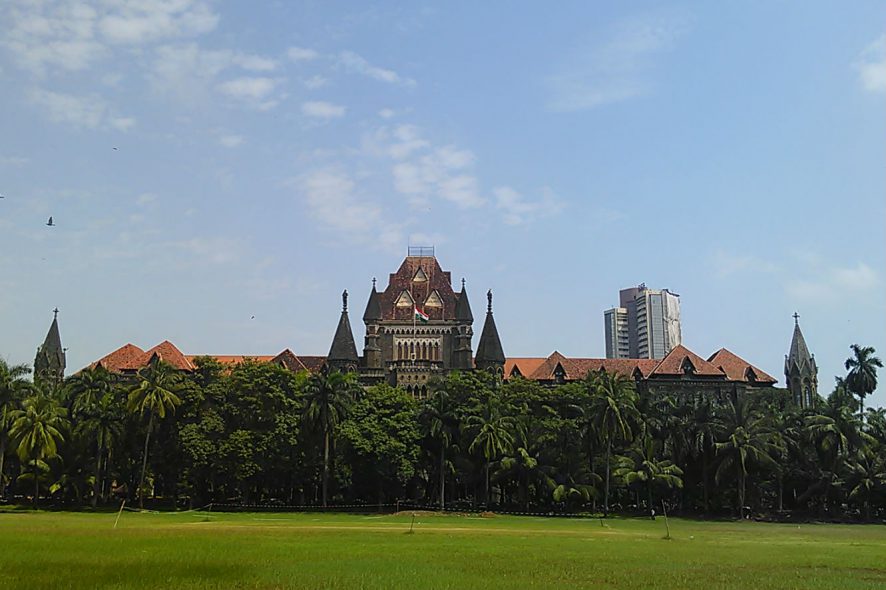Bombay High Court: A Division Bench of S.S. Shinde and N.B. Suryawanshi, JJ., dismissed an appeal filed by the State against the order of the trial court whereby the respondent-accused was acquitted of the charge of murder punishable under Section 302 IPC.
The respondent was accused of killing his wife. It was alleged that he had suspicion that his wife had an illicit relationship with her brother-in-law. And on the day of the incident, the accused had asked his wife to stitch his clothes, which was refused by the wife. It was alleged that, thereafter, the accused caused his wife to fall down and throttled her with his hands. The accused then gave information to Police Sub-Inspector Jafar that he has murdered his wife. The accused was tried for committing an offence punishable under Section 302 IPC. He was, however, acquitted by the trial court. Aggrieved thereby, the State preferred the instant appeal.
The main evidence on which the prosecution case rested was the information given by the accused to the Police Inspector wherein he implicated himself with having committing his wife’s mother. The High Court was of the view that: “The disclosure by the accused to Jafar (PW 1) in police station that, he committed murder of his wife Kalpana by throttling her in his dwelling house, because he was suspecting the character of his wife Kalpana, is not admissible in the evidence.”
The Court relied on various decisions of the Supreme Court relating to admissibility in evidence of a confessional statement of the accused, including Aghnoo Nagesia v. State of Bihar, AIR 1966 SC 119; Khatri Hemraj Amulakh v. State of Gujarat, (1972) 3 SCC 671 and Bheru Singh v. State of Rajasthan, (1994) 2 SCC 467. The conspectus of law as culled out from authoritative pronouncements of the Supreme Court is that no part of a first information report lodged by the accused with the police could be admitted into evidence if it was in the nature of a confessional statement. The statement could, however, be admitted to identify the accused as the maker of the report. The part of the information as related distinctly to the fact discovered in consequence of the information could also be admitted into evidence under Section 27 of the Evidence Act if the other conditions of that section are satisfied.
Notably, the prosecution did not collect any other material including nail clippings of the accused which could have thrown light on the prosecution case. In such view of the matter, the High Court held that the trial court has taken a plausible view and the order under challenge did not warrant any interference. Resultantly, the appeal filed by the State was dismissed. [State of Maharashtra v. Raju Mahipat Sakate, 2020 SCC OnLine Bom 43, decided on 7-1-2020]






